Differences Between Active and Passive Components in Electronics
Active components amplify/control signals with power; passive components manage energy without power. Both are crucial for effective electronic circuits.
Within the wide world of electronics, every electronic circuit is designed using different components, all of which have important functions concerning the operation and effectiveness of the device. Generally, the components of electronics fall into two categories: active and passive components. The basic differentiation between active and passive components is the general knowledge for any professional who deals with electronic design and manufacturing of PCBs. This article presents an in-depth discussion of active and passive components, their individual characteristics, roles in circuits, and their applications in various electronic systems.
Active Components
Active components are the dynamic elements in electronic circuits that have the capability to control the flow of electricity. They normally need an external power source for their operation and are fundamental in signal processing, amplification, and control applications.
Active components are those that require an external source of energy. This allows them to increase electrical signals such as voltage, current, and power. In addition to the ability to amplify, active components can also actively control the flow of electrons in a circuit, thus providing functionality that is impossible with passive components alone.
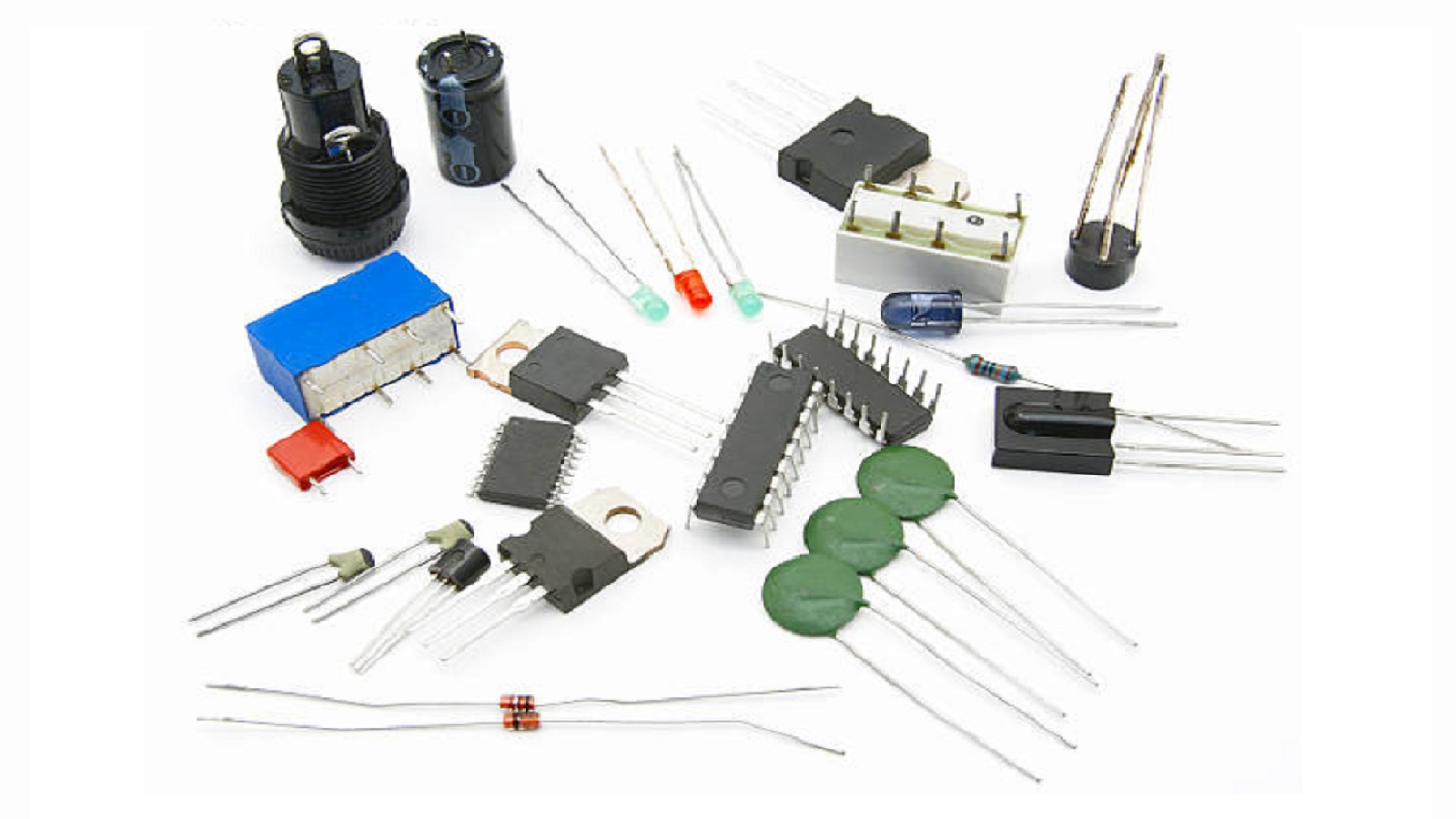
A number of active components play particularly important roles in electronic design:
Transistors: These are among the most important semiconductor devices used for amplifying or switching electronic signals. There are two major kinds of transistors, Bipolar Junction Transistors and Field Effect Transistors. Transistors form the basis for various applications: amplifiers, oscillators, regulators, and switches.
Integrated Circuits: These integrated circuits contain thousands of transistors, resistors, and capacitors on one chip. They find applications in almost all electronic devices, from small calculators to supercomputers. They are available in analog, digital, and mixed-signal formats, while guaranteeing high performance with a small size.
Operational Amplifiers: These are general-purpose ICs that amplify voltage, hence offering accurate drive to analog circuits. Op-amps find wide applications in signal conditioning, filtering, and comparator circuits.
Vacuum Tubes: Although supplanted by solid-state components in most applications, their use still exists in high-power applications, especially in the audio and broadcasting sectors.
Passive Components
On the other hand, passive components do not need to consume any external power for their operation, and they cannot amplify the signals. They basically store energy, filter the signal, and provide necessary resistance in circuits.
Passive components are noted for operating independently, meaning they do not require an external power source. Even though passive components cannot amplify the signal, their main job is to affect the electrical flow, control energy distribution, and stabilize the circuits.
Key passive components include:
Resistors: They oppose the flow of current to limit voltage in part of a circuit. They serve a very important purpose in developing bias levels for active components and voltage division.
Capacitors: Store and release electrical energy; their uses include filtering, timing, and coupling AC signals. Capacitors are available in many forms, including ceramic, electrolytic, and polymer.
Inductors: Resist changes in current by storing energy in a magnetic field. They are used in tuning circuits, filters, and in energy storage applications.
Transformers: Utilizing electromagnetic induction, transformers transfer electrical energy between circuits, enabling voltage conversion and isolation.
Comparing Active and Passive Components
A comparison highlights distinct differences between active and passive components. Active components require external power and can amplify signals, while passive components operate independently and cannot amplify. Active components control current flow, unlike passive components, which provide resistance or manage energy flow but do not control it directly.
Applications in Electronic Systems
The integration of active and passive components is highly essential in different electronic applications:
Amplifiers: These employ active components such as transistors and op-amps for the amplification process, with passive resistors and capacitors filtering and stabilizing the signal.
Oscillators: Active and passive components work together to generate periodic waveforms that are very much needed in clocks and timers.
Power Supplies: They make use of transformers with rectifiers and capacitors in converting and regulating voltage.
Wireless Communication: Inductive and capacitive components, along with the transistor, have made wireless communication effective at both the transmission and receipt of RF signals.
Challenges and Considerations
Working with active and passive components comes with a fair share of challenges. The manufacturing process for active components is complex and mostly expensive because it calls for precision. In circuit design, these components require immense understanding of electronics to be stable and efficient. Further, repairing and testing appliances that have embedded components can be inaccessible, hence complicating diagnostics.
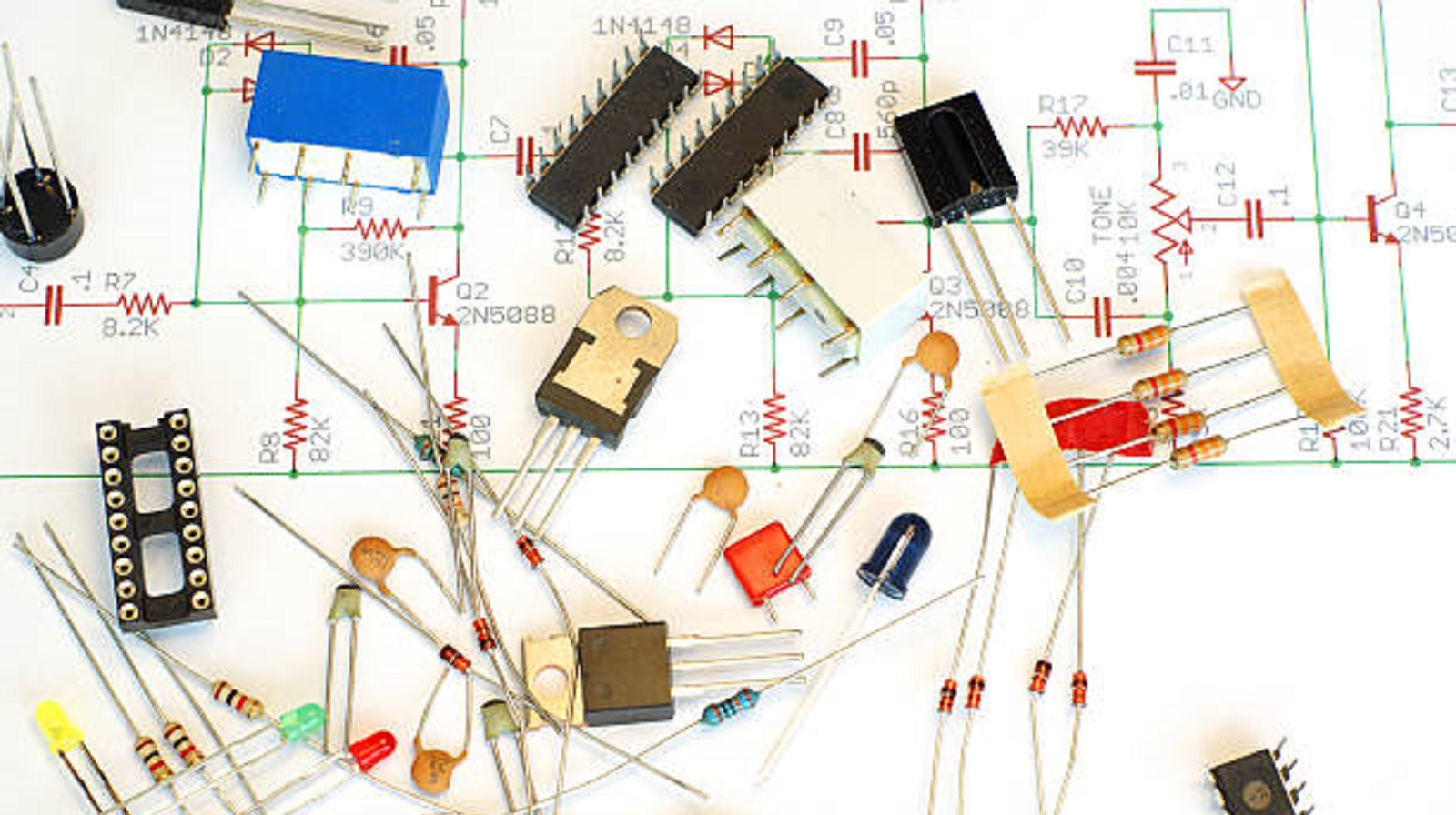
The knowledge of the difference between active and passive components is of great importance in electronics; whereas active components make a circuit control and amplify the signal, passive components introduce balance and manage energy. Both types of components are vital to make an electronic device operate effectively and successfully. Such knowledge allows the PCB manufacturing experts, such as PCBX, to create sophisticated designs of circuits for particular applications. In a variety of modern electronics design and innovation-from the creation of an audio amplifier to the development of power systems in mobile devices-the right combination of active and passive components is so vital to achieving desired results.
Hot Tags:
Contact us

If you can't find what you're looking for, please contact us.
Article
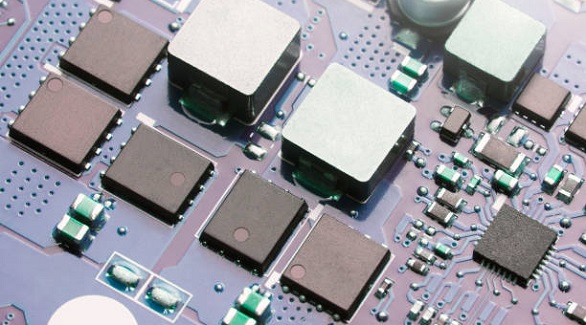
eFuses are advanced PCB fuses that reset automatically, offering fast, precise protection and versatility in electronics, enhancing device safety and reliability.
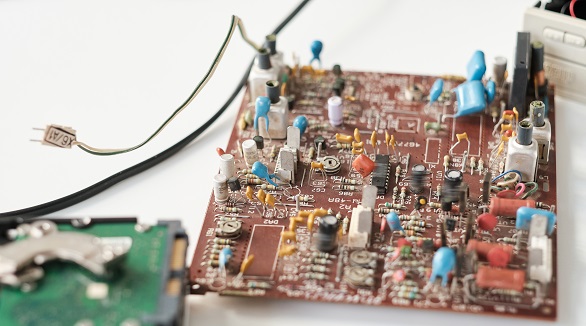
Capacitors are crucial in circuits for storing energy. Testing methods include in-circuit and out-of-circuit using digital multimeters, ESR, and LCR meters. Proper testing ensures reliability and prevents malfunctions.
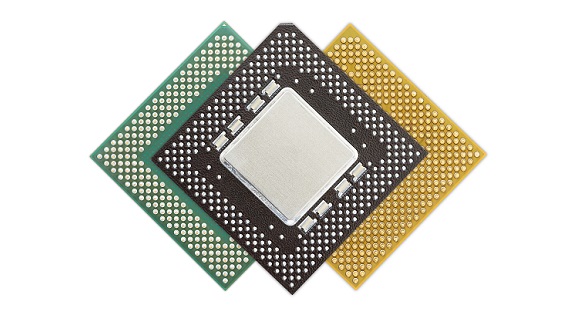
IC packaging is essential in electronics for protecting components, providing electrical connections, and managing heat. This tutorial explores its complexities, including its importance, various types like SMD, QFP, and BGA, and considerations for choosing the right package for specific applications. Proper IC packaging enhances PCB performance and reliability.